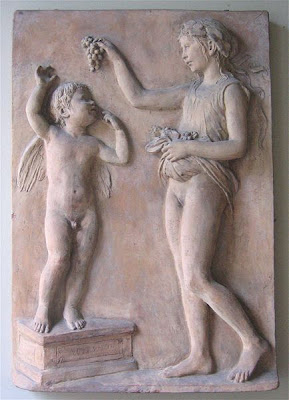My professor of painting at Academy at the beginning of each fall semester delivered a lecture on cubism. It was his firm opinion that without understanding rudimental principles of cubism there could be no understanding of Modern Art and any student of his atelier had the task to absorb these principles. It seemed as if there in front of us, aspiring to be artists a vast new world was about to be unveiled, shimmering with unlimited creativity and uncharted realms for artistic discoveries. What thrill, what heady joy!
Within next quarter of an hour he drew a table with chopped parts showing both front view as well as back, or sides- something crippled and put forcefully together . He explained that cubism, unlike all the art before allows showing far more about an object, indeed all we can know or observe about it. Filtered light from the skylight shone on those beautiful faces of youth rapped in communal sense of understanding: we want fervently to be part of that aesthetic progress, creative freedom and spanking-new modernity. Seeing and painting reality with the same eyes as some uninitiated plumber or a naïve cleaning maid- oh, no; that would be falling down, back in time into the beat-up bin of used-up, soiled, exhausted descriptions of the visible world.
When I looked inside of my mind I realized I could not be a table-chopper, cubifier of reality no matter how much creativity and discovery it suppose to contain.It struck me that cubism is only pretending to be serious inquiry about visible world while in fact it was no more than a silly “style” leaving in its wake tornado-tossed piles of chopped faces,objects [mostly Spanish guitars and flattened lemons] hardly inviting a second glance.
It is probably true that there would never be Gothic style without Romanesque style preceding it. Gothic could only grow out of Romanesque architecture. Art history has to look at the emergence of cubism differently. Art historians who wrote on the subject portray the emergence of cubism as if it was an organic, necessary consequence of progressive march of modern art that lead from Cezanne to Braque and Picasso and on.
Far from any historical necessity cubism was born the very way that any seasonal fashion does: by the whimsy, caprice of audacious fashion-designer. It could have been ‘everything elongates”, or “ let’s paint blimpy people against a skinny backgrounds”, or “from now on we flatten everything as if it was run-over by a steam-roller” but we will not call it a hoot; we shall call it a new style, straight from Paris.
To my knowledge only penetrating and independent mind of Paul Johnson[in “New Art History”] wrote of cubism as “fashion” rather than style.













































































